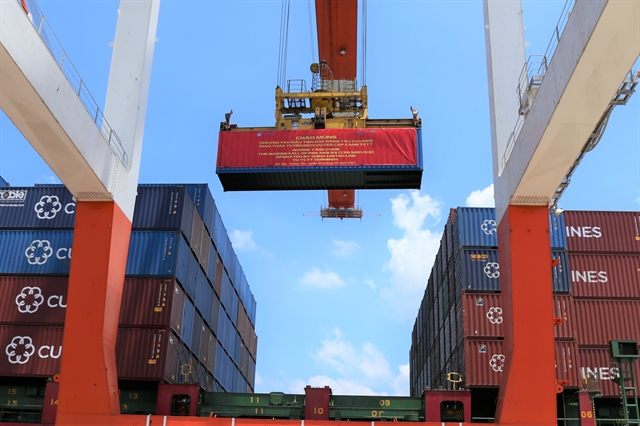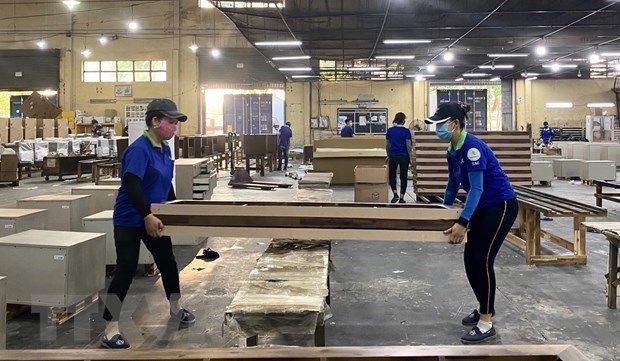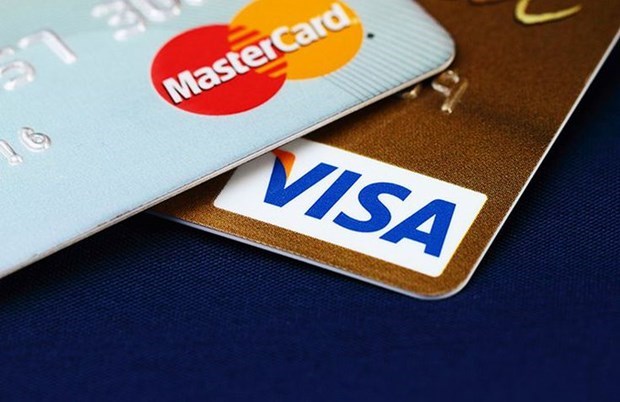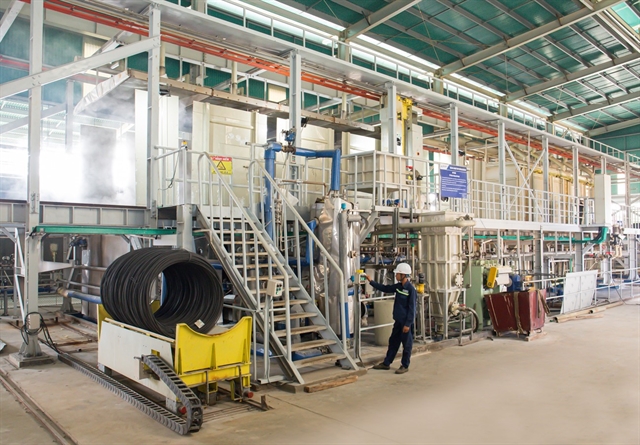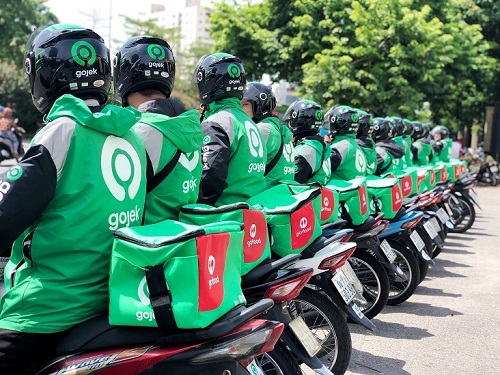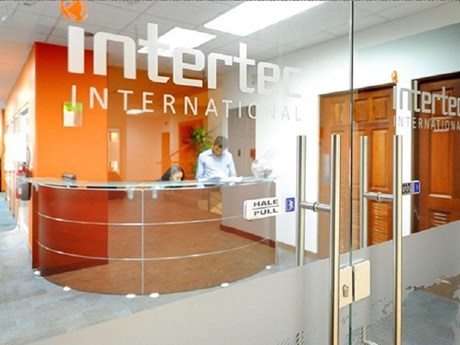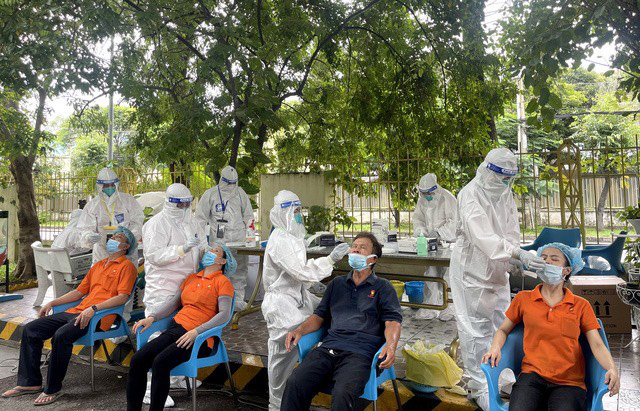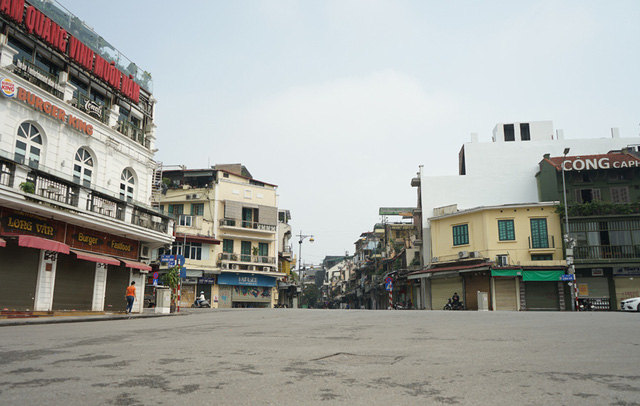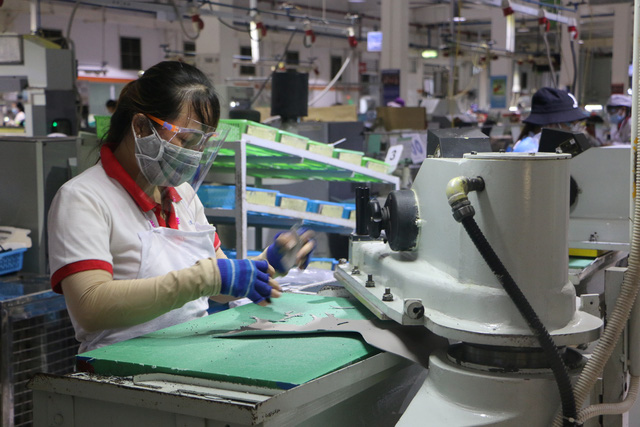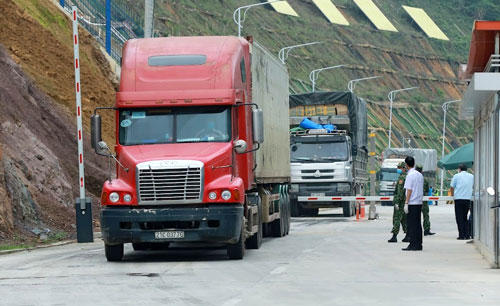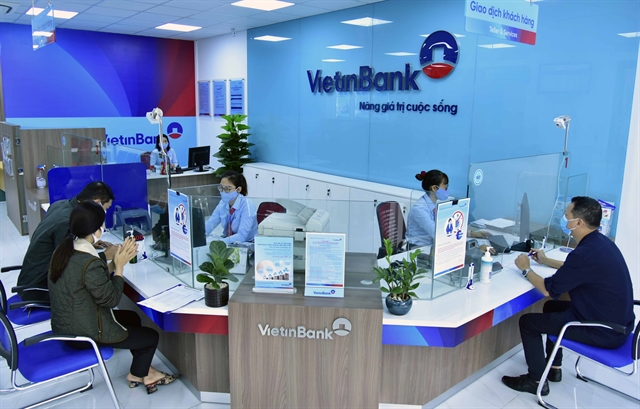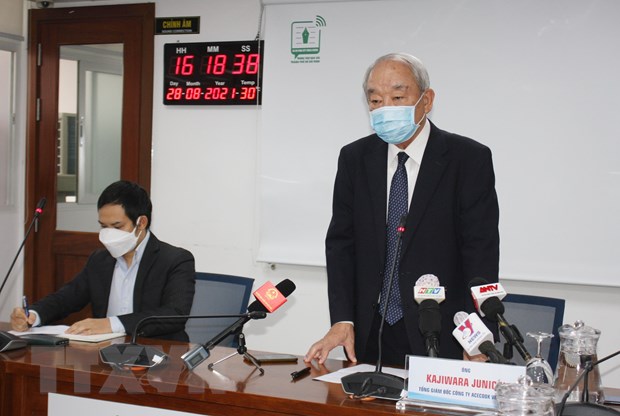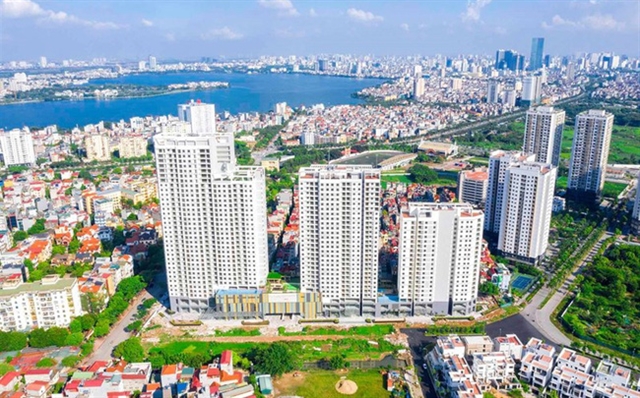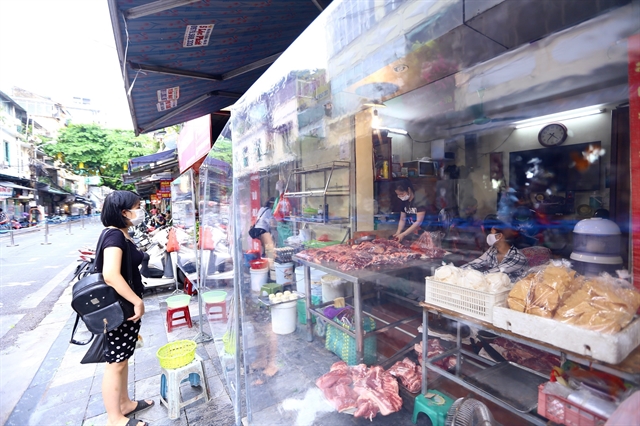
HÀ NỘI —The nation’s total revenue from retail trade and services reached over VNĐ3 quadrillion (US$133.55 billion), down 4.7 per cent in the first eight months of 2021 compared to a modest 1.1 per cent decline seen in the same period of last year, the latest report from the General Statistic Office (GSO) has shown.
In August alone, the total retail sales of goods and services saw strong declines of 34 per cent year-on-year and 10.5 per cent month-on-month to VNĐ279.8 trillion as many localities had to implement strict social distancing measures and restrictions under the Government's Directive 16 due to the spread of the COVID-19 pandemic nationwide.
In the eight-month period, retail sales surpassed VNĐ2.49 trillion, accounting for 82.1 per cent of the total retail sales of consumer goods and services, 1.4 per cent lower than last year’s corresponding period, the GSO said.
Reductions were seen in the sales of cultural and education products, down 9 per cent; home appliances (7.5 per cent); textile and garment (6 per cent) and vehicles (3.1 per cent).
Localities recording strong retail sales decreases in the period due to the negative impact of the pandemic included HCM City with 14 per cent; the central province of Khánh Hoà with 8.1 per cent and Hà Nội with 2.1 per cent.
Similarly, total retail sales of accommodation, catering services was estimated at VNĐ254.3 trillion, down 20 per cent year-on-year or making up 8.4 per cent of the total revenue with significant declines recorded in many cities and provinces including Hà Nội and Bình Dương with 21.5 per cent; HCM City (20 per cent); Đà Nẵng (14.3 per cent); Đồng Nai (14 per cent); and Cần Thơ (8.9 per cent).
Retail sales of travel and tourism services also experienced a strong slump of 62 per cent to an estimated VNĐ4.5 trillion. Localities that posted the lowest revenue from tourism and services in the period were Khánh Hoà (89 per cent); Quảng Nam (83 per cent), Thừa Thiên- Huế (64 per cent); Nghệ An (67 per cent); HCM City (52 per cent); Hà Nội (50 per cent) and Hải Phòng (47 per cent).
Meanwhile, revenue from other services hit VNĐ286 trillion, down 14 per cent or equivalent to 9.4 per cent of the total revenue.
According to Phú Hưng Securities Corp, the COVID-19 pandemic has caused difficulties and Việt Nam has not yet deployed vaccines for the entire population, which affects the purchasing power of consumers.
Moreover, the income of a part of consumers that was reduced due to the COVID-19 pandemic has not been able to improve in the short term.
The company estimates the growth rate of total retail sales of goods and services under the following two scenarios.
In the first scenario in which vaccinations for the whole population are deployed in the third quarter of 2021, the growth rate of Viet Nam's retail industry could reach 9.6 per cent year-on-year
In the second scenario in which vaccinations are implemented in the fourth quarter of 2021, the growth rate of Việt Nam's retail industry could reach 8 per cent year-on-year.
A strategy approved recently by Prime Minister Phạm Minh Chính revealed that domestic trade is expected to contribute 15-15.5 per cent of national GDP by 2030.
Under the strategy, Việt Nam expects to set up sustainable supply chains in the country that will ensure the effective implementation of regulations on food safety and quality, origin tracing, and environmental protection.
It aims to ensure the fast and stable development of domestic trade, build the Việt Nam-made brand, protect the interests of both enterprises and customers while also meeting demand for socio-economic development.
Total revenue from retail trade and services would average 13-13.5 per cent annually in the 2021-30 period and 12-12.5 per cent annually in the 2031-45 period, the strategy predicted.
By 2030, revenue from e-commerce is set to account for 10.5-11 per cent of national retail sales with a growth rate of 20-21 per cent. It also said 40-45 per cent of small and medium enterprises operating in trade will take part in major domestic and foreign e-commerce platforms by then as well.
To this end, the strategy emphasised the importance of improving local investment and the business environment. It said transforming domestic trade promotion and improving infrastructure for trade, especially in rural and remote areas, was key.
Priority would be also given to improving infrastructure for trade especially in rural and remote areas, forming sustainable distribution channels for Made-in-Việt Nam products and training a high-quality workforce to meet the growing demand of global trade integration. — VNS
